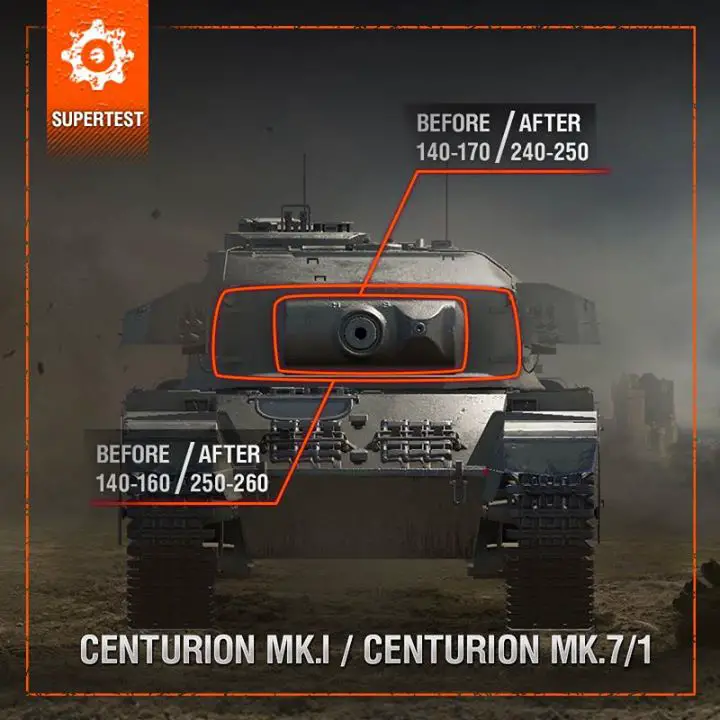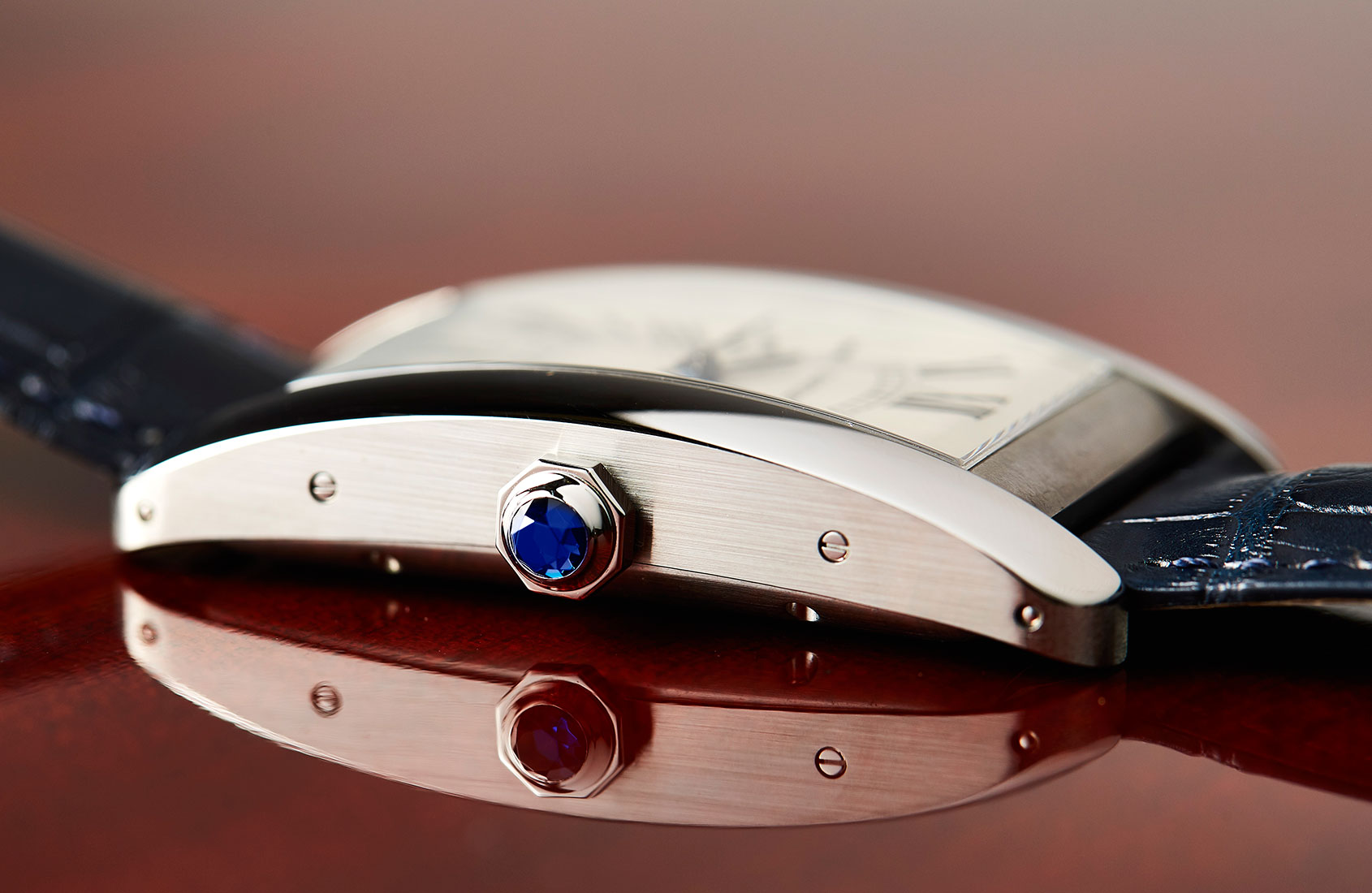


In order to stay in line with the intended role of infantry support, it was decided to mount 4 machine guns in rotors mounted in the sponsons at the corners of the fighting compartment, and to have the main armament mounted in a turret above all of this, much like the 1934 turret design. This idea was liked but a few more changes would need to be made. Rarey* had proposed a combination of both in a design based on the earlier Christie chassis. The 2nd was to have the main armament carried in a barbette or essentially casemated in the hull, in an arrangement like that of the T4E1.Īs early as 1934, Captain George H. The first had the main weapon mounted in a 360-degree traverse turret, as was the case on the failed T4 Medium Tank. Also, note the wheels on the upper track, these would be removed later on (Photo: Hunnicutt’s Sherman)įor armament, there were two arrangements under consideration. The first pilot designed to this specification was then designated as the T5 Phase I.

The main design limitation was a 15 ton weight limit so as to allow it to go over the bridges found on most primary US highways. The main difference was to be the T5’s increased armor and firepower. It was to reuse as many components from the M2 as possible, namely the same engine, a similar transmission, and the same suspension. As a result, this design looked radically different from the previous ones. Designated the T5, this new medium tank was essentially an enlarged version of the already successful M2 Light Tank. After encountering constant problems with trying to design an acceptable convertible tank for the Army during the 1930s, the US Ordnance board decided on May 21st 1936 to start anew and that a new design idea was needed.


 0 kommentar(er)
0 kommentar(er)
